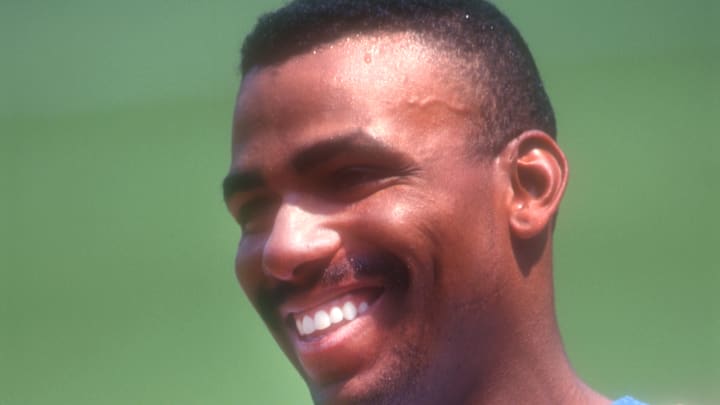4) Vince Coleman was both a head case and headache for the New York Mets
Vince Coleman would always provide headaches for the Mets as a member of the rival St. Louis Cardinals. Coleman had averaged 90 stolen bases over six seasons with the Cardinals. And he was still on the right side of 30 (years old) when the Mets got him before the 1991 season.
But Coleman would play three seasons for the Mets and, for various reasons, would never suit up for 100 games in any of those campaigns. During those three seasons in a Mets uniform he would only average 30 steals, a drastic drop in production.
But wait, there’s more! Coleman decided to light firecrackers and throw them in to the stands at Dodgers Stadium, injuring a number of people. He was subsequently fined and sentenced to over 200 hours of community service.
The Mets finally had enough of this headache and shipped him back to Missouri, this time to Kansas City before the 1994 season in exchange for, believe it or not, Kevin McReynolds, who apparently would get a chance at a second tour with the Mets after wearing out HIS welcome with the Royals.
